Técnicas de IA para el estudio de datos geomagnéticos y su implementación como precursores sísmicos: estado del arte
Resumen
Este trabajo presenta los resultados del desarrollo de un estado del arte con temas relacionados con el análisis de sistemas inteligentes utilizando datos geomagnéticos, presentes en la ionosfera, implementando técnicas de IA (Inteligencia Artificial) para el desarrollo de posibles precursores sísmicos; el trabajo mencionado tiene como objetivo la revisión de técnicas y/o algoritmos de IA, lenguajes de programación, parámetros de interés y bases de datos.
Como resultado de la investigación, se obtuvieron 106 documentos conformados por tesis, artículos de revistas, y exposiciones en congresos por medio de carteles, de carácter nacional e internacional; se concluyó que dentro de las técnicas y/o algoritmos investigados destacan las Redes Neuronales Convolucionales (ANN), Máquina Vectores de Soporte (SVM), Árboles de decisión y K-MEANS, estas técnicas son de utilidad para observar el comportamiento de los datos y encontrar patrones en la información.
Descargas
Citas
Akhoondzadeh, M. (2013b). Genetic algorithm for TEC seismo-ionospheric anomalies detection around the time of the Solomon (Mw=8.0) earthquake of 06 February 2013. Advances in Space Research, 52(4), 581-590. https://doi.org/10.1016/j.asr.2013.04.012
Akyol, A. A., Arikan, O., & Arikan, F. (2020). A Machine Learning‐Based Detection of Earthquake Precursors Using Ionospheric Data. Radio Science, 55(11). https://doi.org/10.1029/2019rs006931
Asaly, S., Gottlieb, L., & Reuveni, Y. (2020). Using Support Vector Machine (SVM) and Ionospheric Total Electron Content (TEC) Data for Solar Flare Predictions. IEEE Journal of Selected Topics in Applied Earth Observations and Remote Sensing, 14, 1469-1481. https://doi.org/10.1109/jstars.2020.3044470
Asencio-Cortés, G., Martínez-Álvarez, F., Morales-Esteban, A., Reyes, J., & Troncoso, A. (2017). Using principal component analysis to improve earthquake magnitude prediction in Japan. Logic Journal of the IGPL, 25(6), 949-966. https://doi.org/10.1093/jigpal/jzx049
Banna, M. H. A., Taher, K. A., Kaiser, M. S., Mahmud, M., Rahman, M. S., Hosen, A. S. M. S., & Cho, G. H. (2020). Application of Artificial Intelligence in Predicting Earthquakes: State-of-the-Art and Future Challenges. IEEE Access, 8, 192880-192923. https://doi.org/10.1109/access.2020.3029859
Beroza, G. C., Segou, M., & Mousavi, S. M. (2021). Machine learning and earthquake forecasting—next steps. Nature Communications, 12(1). https://doi.org/10.1038/s41467-021-24952-6
Brissaud, Q., & Astafyeva, E. (2022). Near-real-time detection of co-seismic ionospheric disturbances using machine learning. Geophysical Journal International, 230(3), 2117-2130. https://doi.org/10.1093/gji/ggac167
Dabbakuti, J. R. K. K., Jacob, A., Veeravalli, V. R., & Kallakunta, R. K. (2020). Implementation of IoT analytics ionospheric forecasting system based on machine learning and ThingSpeak. IET Radar, Sonar & Navigation, 14(2), 341-347. https://doi.org/10.1049/iet-rsn.2019.0394
De Santis, A., Marchetti, D., Spogli, L., Cianchini, G., Pavón-Carrasco, F. J., De Franceschi, G., Di Giovambattista, R., Perrone, L., Qamili, E., Cesaroni, C., De Santis, A., Ippolito, A., Piscini, A., Campuzano, S. A., Sabbagh, D., Amoruso, L., Carbone, M., Santoro, F., Abbattista, C., & Drimaco, D. (2019). Magnetic Field and Electron Density Data Analysis from Swarm Satellites Searching for Ionospheric Effects by Great Earthquakes: 12 Case Studies from 2014 to 2016. Atmosphere, 10(7), 371. https://doi.org/10.3390/atmos10070371
Erdogan, E., Schmidt, M., Seitz, F., & Durmaz, M. (2017). Near real-time estimation of ionosphere vertical total electron content from GNSS satellites using B-splines in a Kalman filter. Annales Geophysicae, 35(2), 263-277. https://doi.org/10.5194/angeo-35-263-2017
Fuying, Z., Yun, W., & Ningbo, F. (2011). Application of Kalman filter in detecting pre-earthquake ionospheric TEC anomaly. Geodesy and Geodynamics, 2(2), 43-47. https://doi.org/10.3724/sp.j.1246.2011.00043.1
Gleisner, H., & Lundstedt, H. (2001). A neural network-based local model for prediction of geomagnetic disturbances. Journal of Geophysical Research: Space Physics, 106(A5), 8425-8433. https://doi.org/10.1029/2000ja900142
Herraiz, M. (2000). Una aproximación crítica a la propuesta de fenómenos ionosféricas como precursores sísmicos. Física de la tierra. http://revistas.ucm.es/index.php/FITE/article/view/FITE0000110319A
Holgado, R. (2023, 16 enero). Investigadores españoles crean un sistema basado en IA para predecir huracanes https://www.20minutos.es/tecnologia/emprendimiento/investigadores-espanoles-crean-un-sistema-basado-en-ia-para-predecir-huracanes-5092456/
Investigan si la «Brecha de Guerrero» puede ocasionar un terremoto devastador. (2021, 25 noviembre). SWI swissinfo.ch. https://www.swissinfo.ch/spa/m%C3%A9xico-terremoto_investigan-si-la--brecha-de-guerrero--puede-ocasionar-un-terremoto-devastador/47141128
Martínez-Álvarez, F., Reyes, J., Morales-Esteban, A., & Rubio-Escudero, C. (2013). Determining the best set of seismicity indicators to predict earthquakes. Two case studies: Chile and the Iberian Peninsula. Knowledge-Based Systems, 50, 198-210. https://doi.org/10.1016/j.knosys.2013.06.011
Melgarejo-Morales, A. (2020, 2 septiembre). Examination of seismo-ionospheric anomalies before earthquakes of Mw ≥ 5.1 for the period 2008–2015 in Oaxaca, Mexico using GPS-TEC. SpringerLink. https://link.springer.com/article/10.1007/s11600-020-00470-9?error=cookies_not_supported&code=a86e9dd7-86bb-4fa3-adb8-30ee5543fd2f
Morales-Esteban, A., Martínez-Álvarez, F., Troncoso, A., Justo, J., & Rubio-Escudero, C. (2010). Pattern recognition to forecast seismic time series. Expert Systems with Applications, 37(12), 8333-8342. https://doi.org/10.1016/j.eswa.2010.05.050
¿Puede la actividad del Sol afectar las comunicaciones satelitales? (s. f.). Satelital-Móvil. https://www.satelital-movil.com/2012/04/puede-la-actividad-del-sol-afectar-las.html
Pulinets, S. A., Leyva-Contreras, A., Bisiacchi-Giraldi, G., & Ciraolo, C. (2005). Total electron content variations in the ionosphere before the Colima, Mexico, earthquake of 21 January 2003. Geofísica Internacional, 44(4), 369-377. https://doi.org/10.22201/igeof.00167169p.2005.44.4.237
Rodríguez, L. G. (2021). Aspectos teórico-metodológicos sobre la predicción de terremotos. Boletín de ciencias de la tierra, 49, 39-46. https://doi.org/10.15446/rbct.n49.93823
Ruano, A. E., Madureira, G., Barros, O., Khosravani, H., Da Graça Ruano, M., & Ferreira, P. G. (2014). Seismic detection using support vector machines. Neurocomputing, 135, 273-283. https://doi.org/10.1016/j.neucom.2013.12.020
Ruano, A., Madureira, G., Barros, O., Khosravani, H., Ruano, M., & Ferreira, P. (2014). Seismic detection using support vector machines. Neurocomputing, 135, 273-283. https://doi.org/10.1016/j.neucom.2013.12.020
Shah, M., Ahmed, A., Ehsan, M., Khan, M., Tariq, M. A., Calabia, A., & Rahman, Z. U. (2020). Total electron content anomalies associated with earthquakes occurred during 1998–2019. Acta Astronautica, 175, 268-276. https://doi.org/10.1016/j.actaastro.2020.06.005
Shang, X., Li, X., Morales-Esteban, A., Asencio-Cortés, G., & Wang, T. (2018). Data Field-Based K-Means Clustering for Spatio-Temporal Seismicity Analysis and Hazard Assessment. Remote Sensing, 10(3), 461. https://doi.org/10.3390/rs10030461
Tariq, M. A., Shah, M., Hernández-Pajares, M., & Iqbal, T. (2019). Pre-earthquake ionospheric anomalies before three major earthquakes by GPS-TEC and GIM-TEC data during 2015–2017. Advances in Space Research, 63(7), 2088-2099. https://doi.org/10.1016/j.asr.2018.12.028
Wonsathan, R., Seedadan, I., Nunloon, N., & Kitibut, J. (2014). Prediction of Evaluation Learning by Using Neuro-Fuzzy System. Advanced Materials Research, 931–932, 1482-1487. https://doi.org/10.4028/www.scientific.net/amr.931-932.1482
Zhukov, A., Sidorov, D., Mylnikova, A., & Yasyukevich, Y. (2018). Machine Learning Methodology for Ionosphere Total Electron Content Nowcasting. International journal of artificial intelligence, 16(1), 144-157. http://www.
Derechos de autor 2023 Juan Antonio Murillo Vargas;Eduardo De la Cruz Gámez;Mario Hernández Hernández;Francisco Javier Gutiérrez Mata;Antonio Alfonso Rodríguez Rosales

Esta obra está bajo licencia internacional Creative Commons Reconocimiento 4.0.

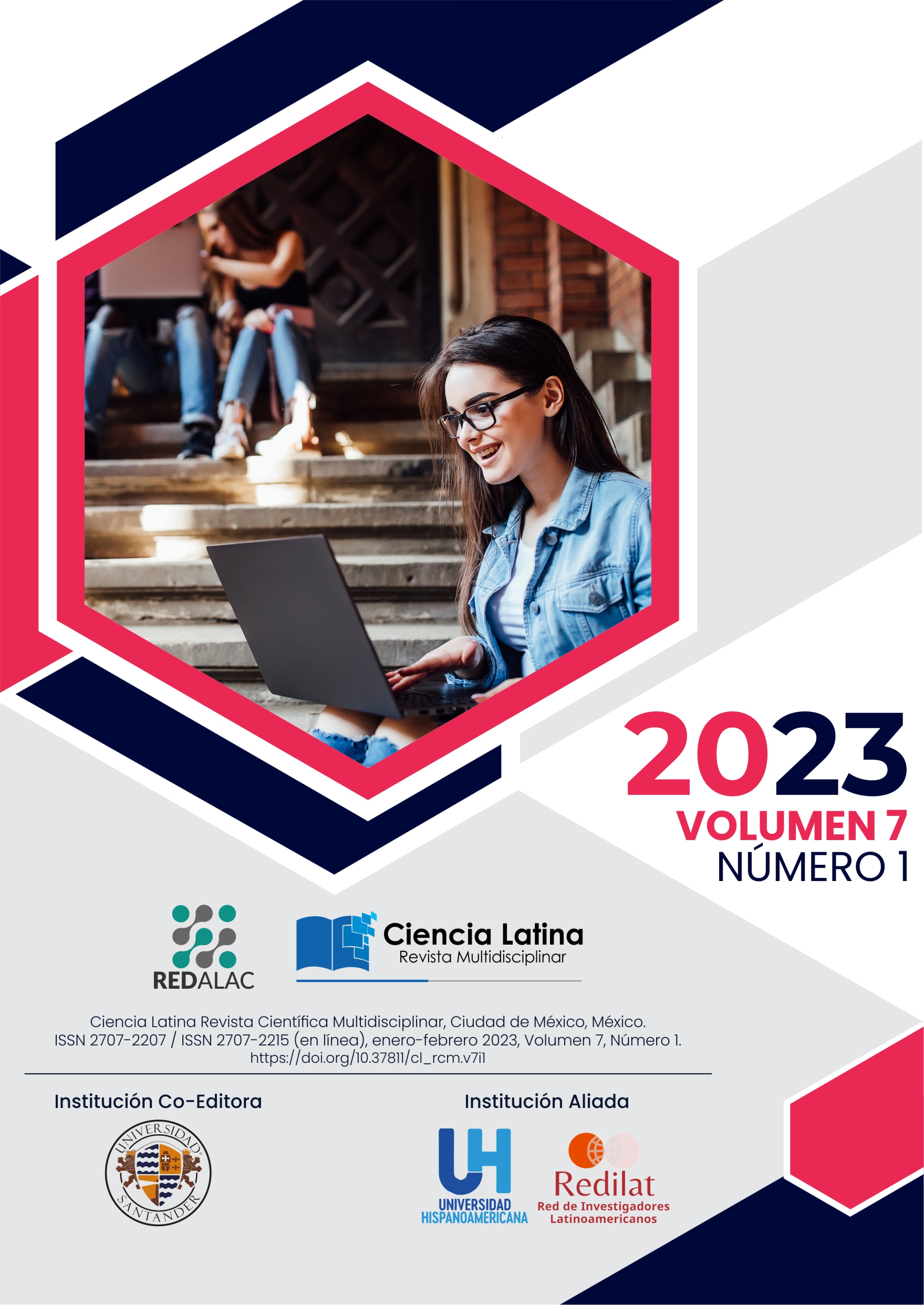









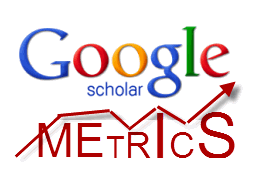
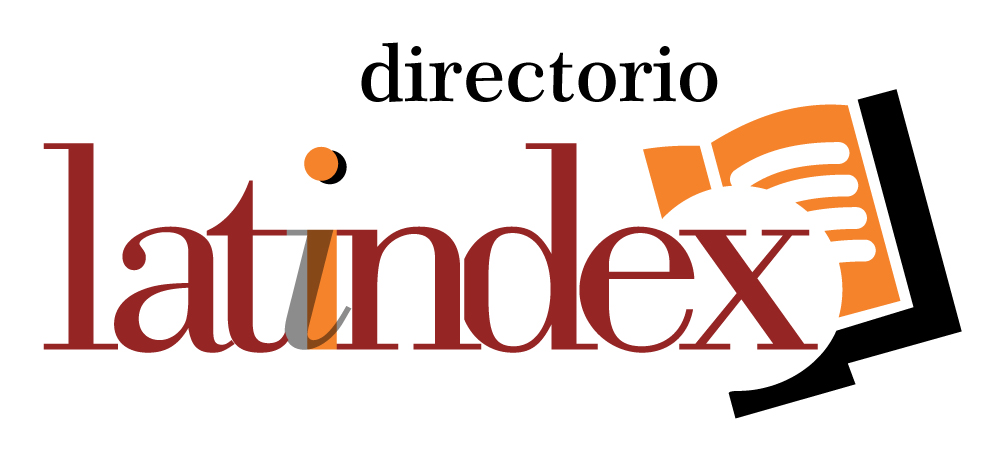
.png)








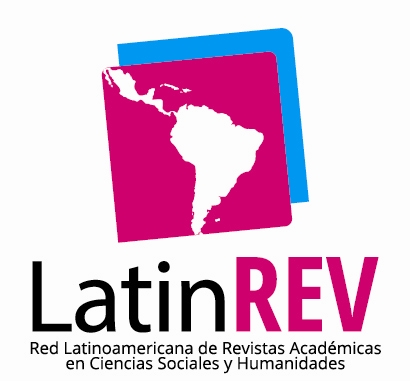

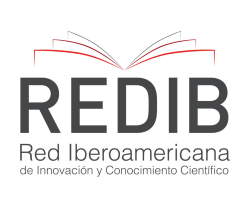


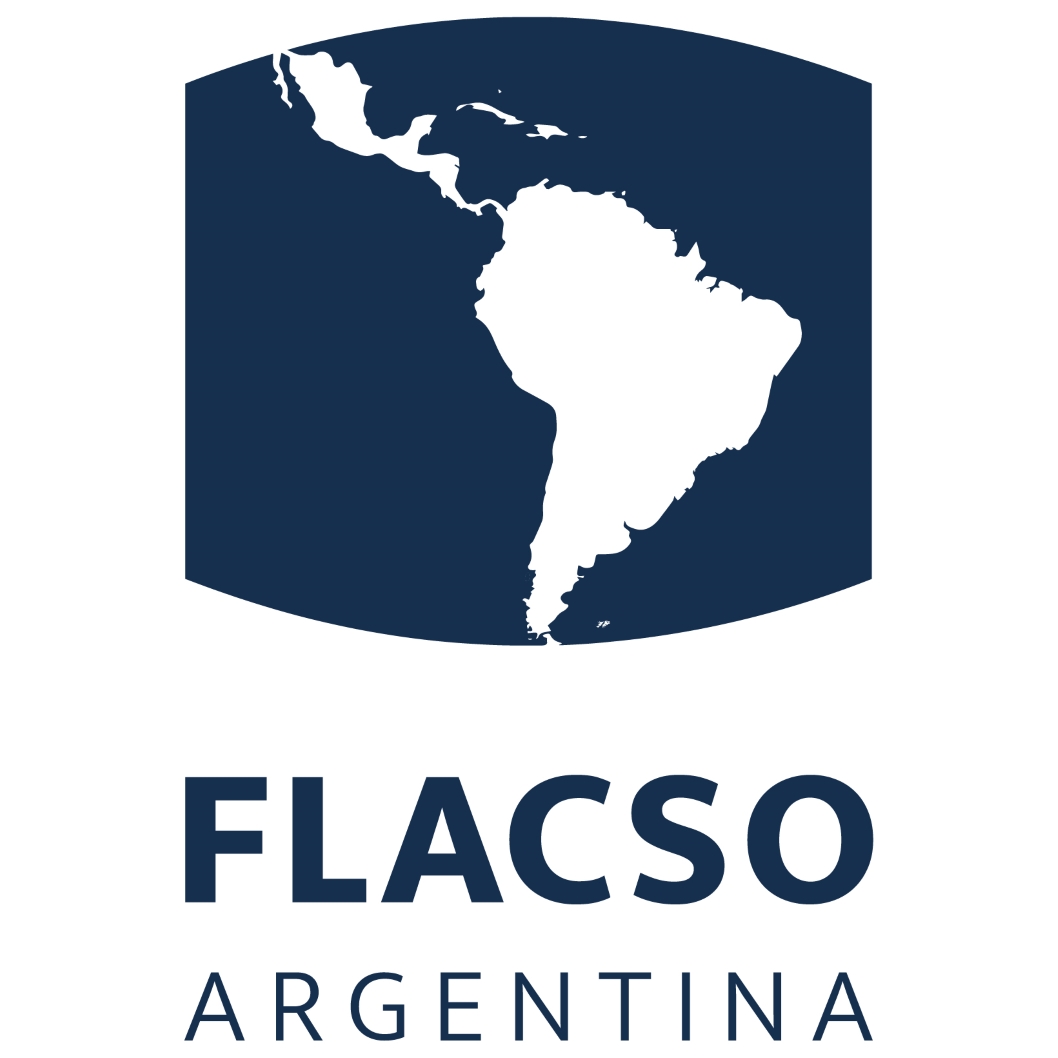






.png)
1.png)


